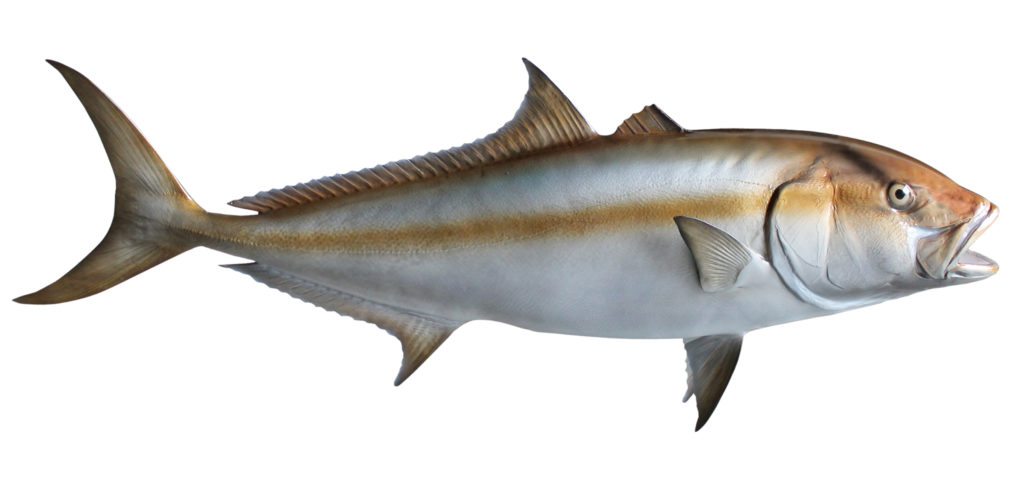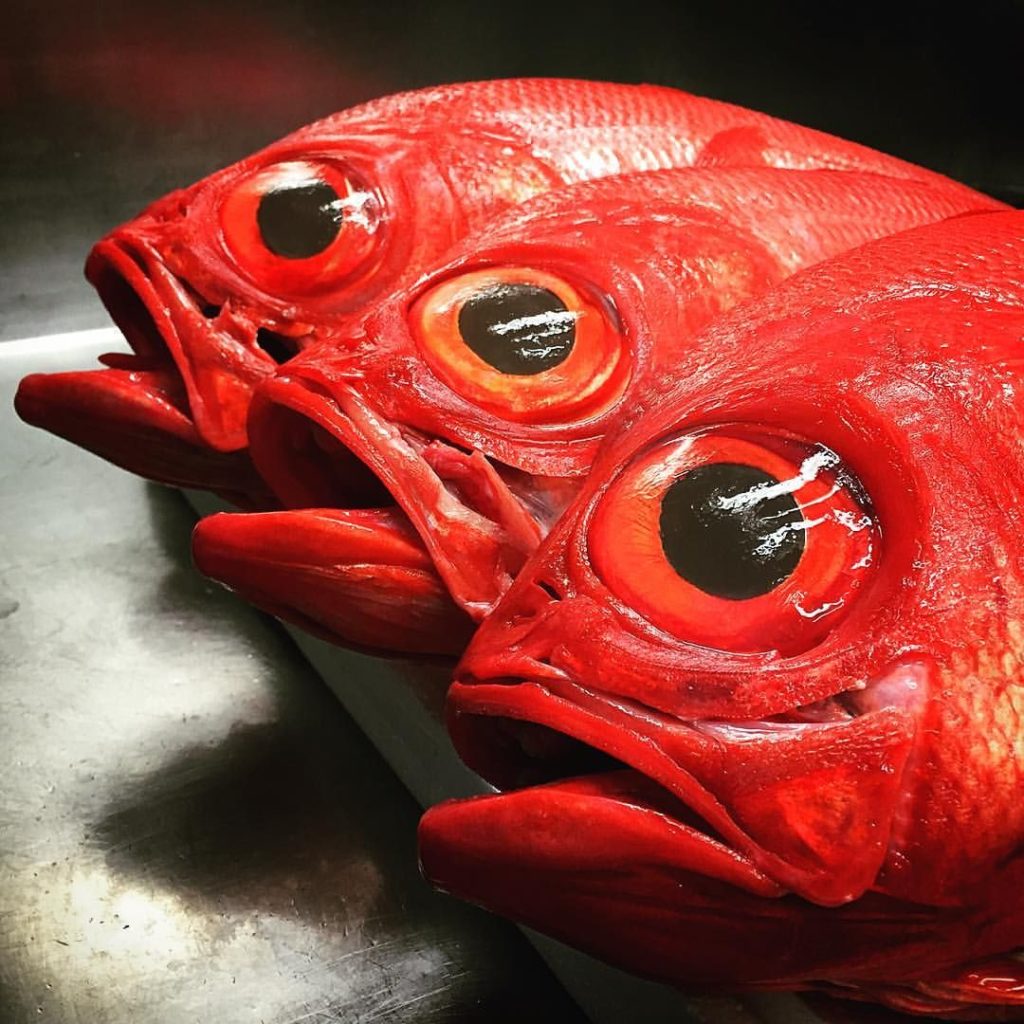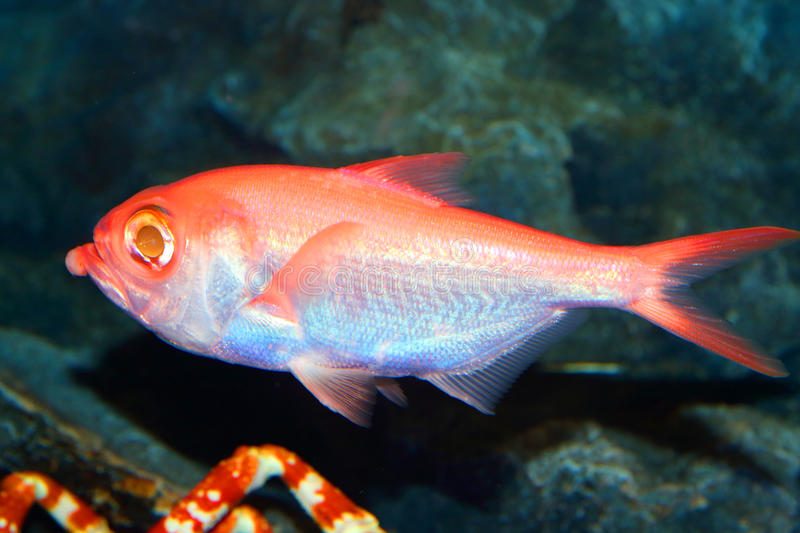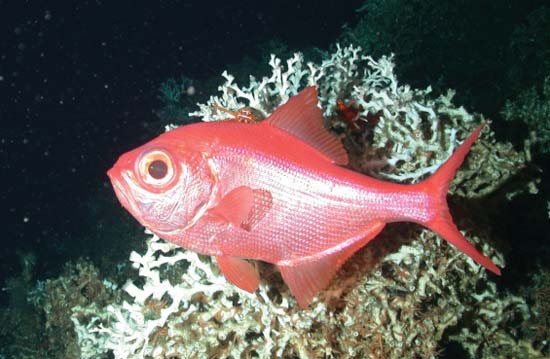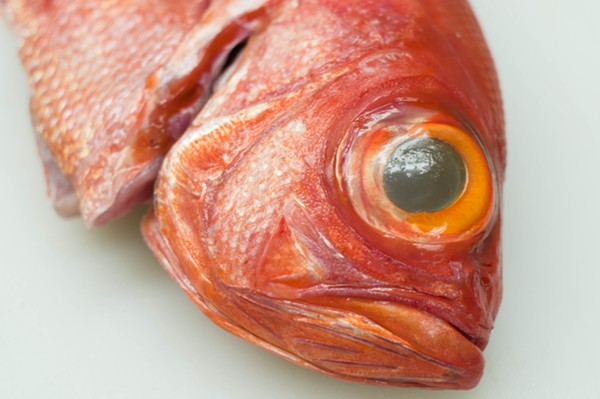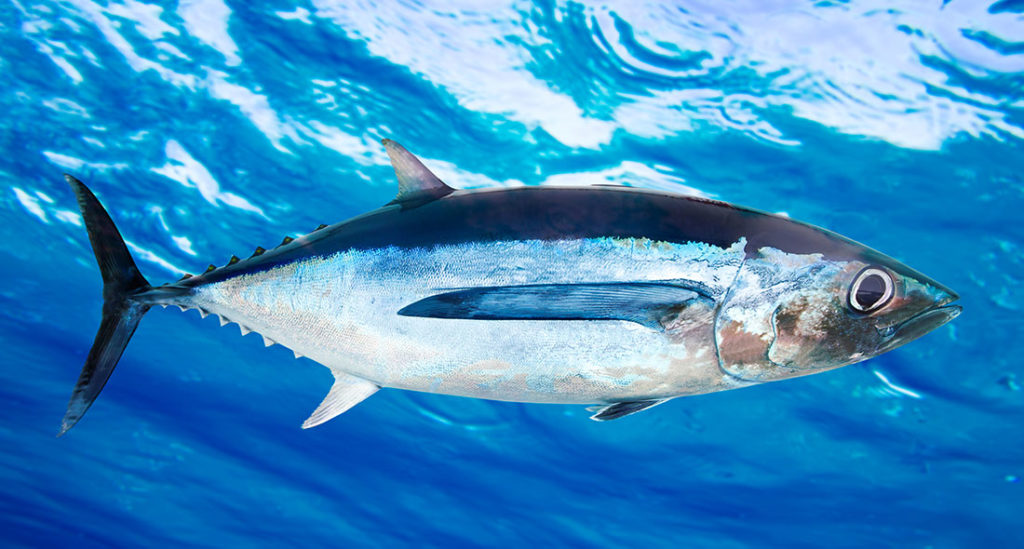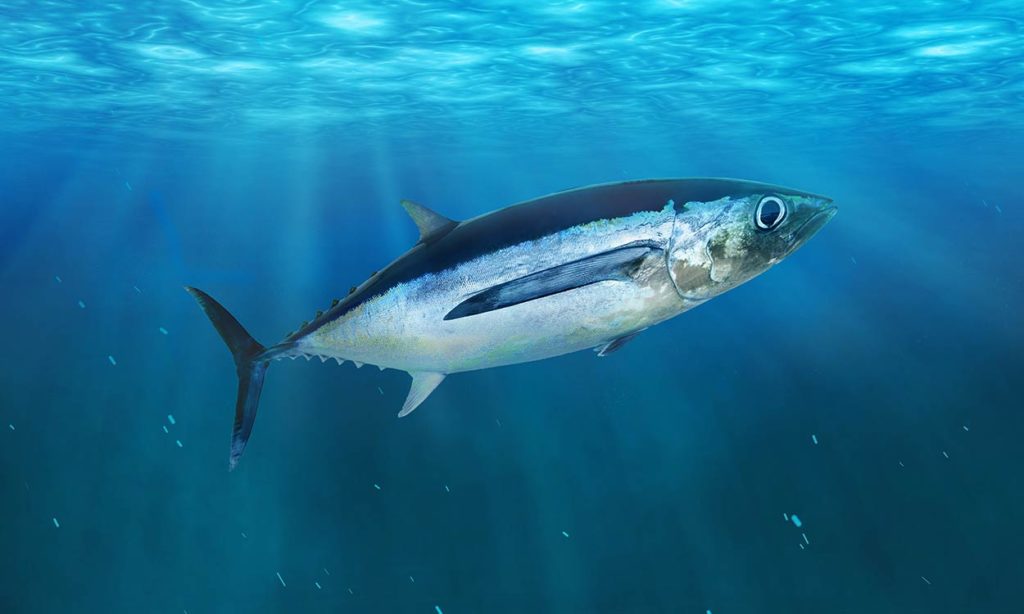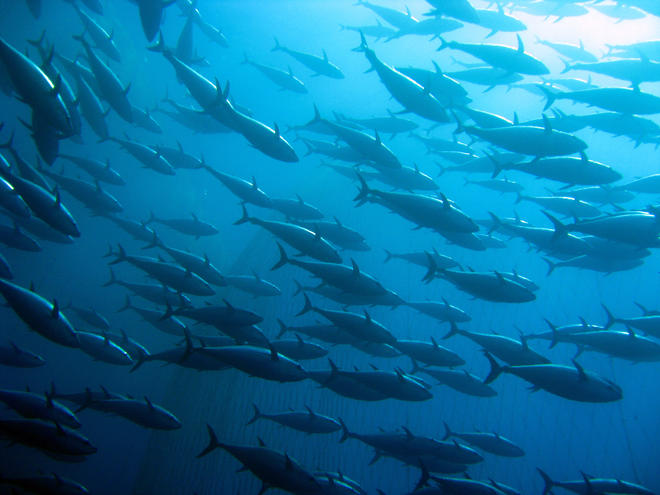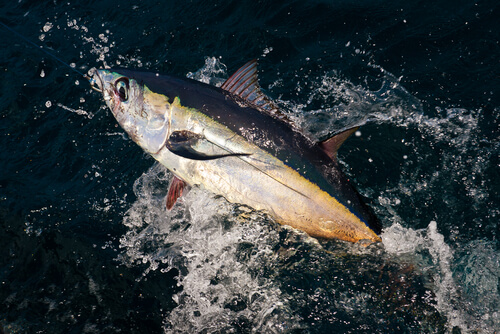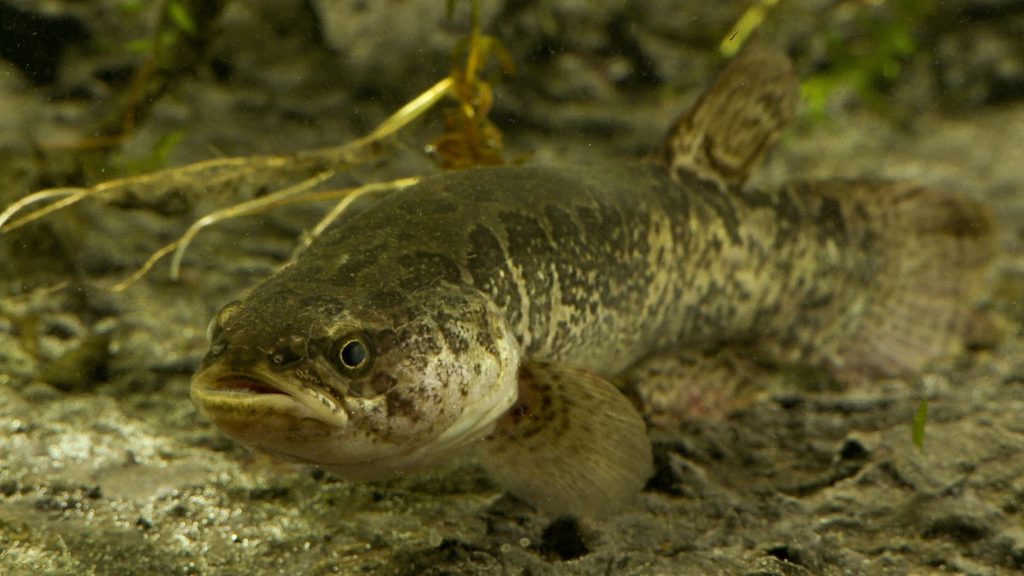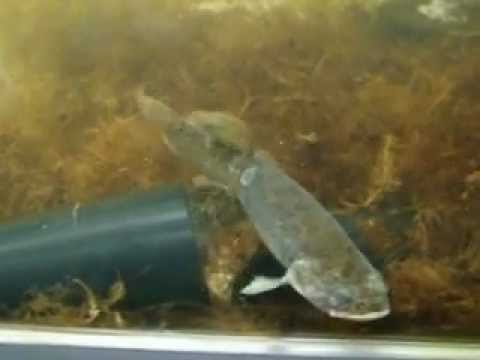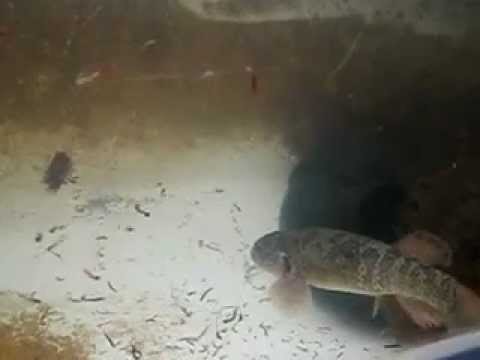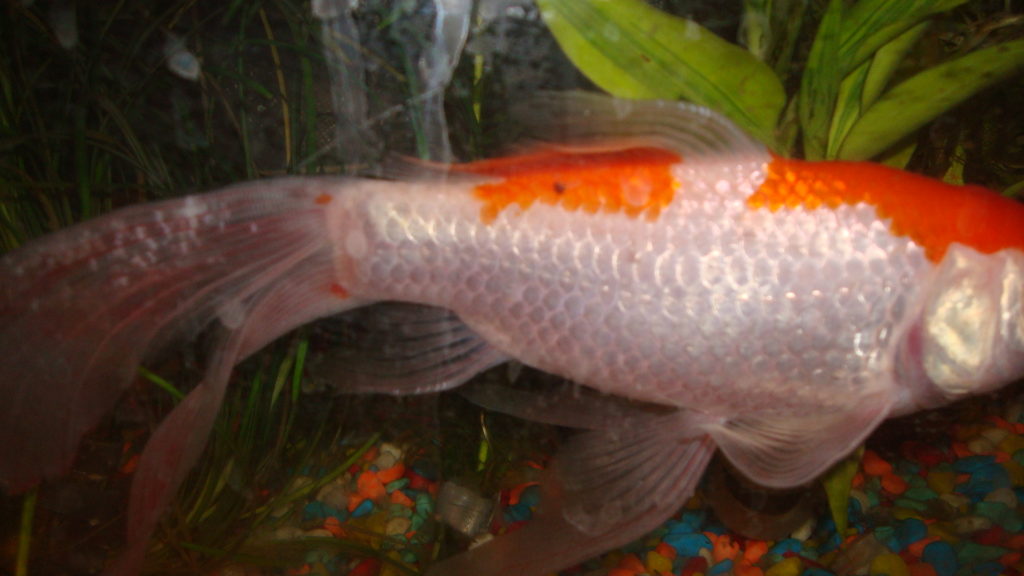The Amberjack is a fish of the Carangidae family and genus Seriola. Amberjack Fish Breed can be found in both the Atlantic and Pacific oceans, mainly in warmer parts though some variation exists between species. It is a sport fish that is often caught as food for people. Amberjacks are typically bottom feeders that roam shallow waters, but they have been known to go into deep water as well.
There are several species of Amberjack, including the Greater Amberjack (Atlantic), Lesser Amberjack (Atlantic), Almaco Jack (Pacific) and the Banded Rudderfish (Atlantic).
Greater Amberjack, Seriola dumerili, a large jackfish that is one of the largest amberjacks. It is usually dark with a stripe from its nose to in front of its dorsal fin. They have no scutes and soft dorsal fins less than twice the length of the anal fin. They are usually found in waters between 20 and 75 meters deep, weighing up to 18kg. Greater jacks are found in the Pacific Ocean and Atlantic.
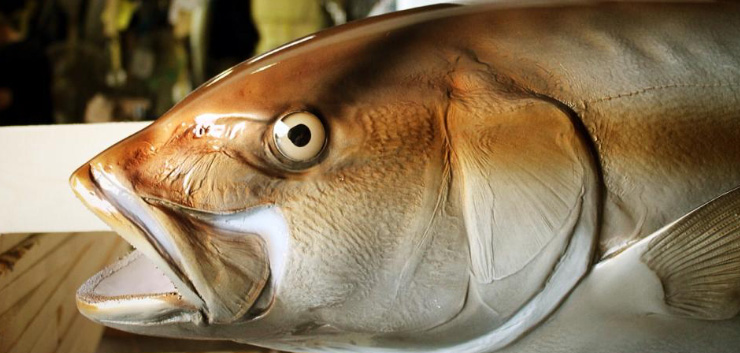
Lesser amberjacks, Seriola fasciata, are smaller than greater amberjacks. They have proportionately larger eyes and deeper bodies, making them better adapted for deep water fishing. The lesser amberjack has olive green or brownish-black skin usually with silver sides. They have a dark band extending upward from their eyes that is usually more prominent in the water. Juveniles have split on their sides. The adults are usually under 5 kg. They are found deeper than other amberjack species.
The second smallest species of amberjack, the Banded Rudderfish, was first identified by Carl Linnaeus in 1758. The fish is able to be distinguished from other species because it has a first dorsal fin. Juveniles are banded vertically just like pilot fish and follow large objects or animals. Large individuals have no bands, but juveniles are striped horizontally.
While there are many species of these fish, all have carnivorous habits and feed on smaller animals. Most prey items for each species are similar, although some have specific preferences. Some common food items include small fish, shrimp, squid, and more. They feed on pelagic and benthic fish, squid, and crustaceans. Their prey also includes sardines and bigeye scad. Younger juvenile jacks tend to feed on plankton and small invertebrates.
All species have their own unique behavior. The way each species hunts for food differs based on the species, but in general they live in groups known as schools. School size varies per species, but it is most commonly about ten individuals.
Body Structure of Amberjack Fish Breed
The group of fish known as the cusk-eels has unique appearances. Each species is different with its own distinctive body plan, scales and size. They have typical “fish-like” body plans with silvery or light colored scales. Their body shape is torpedo shaped and their bodies are tall and laterally flattened, like most fish. Typical sizes range 16 feet to 18 feet.
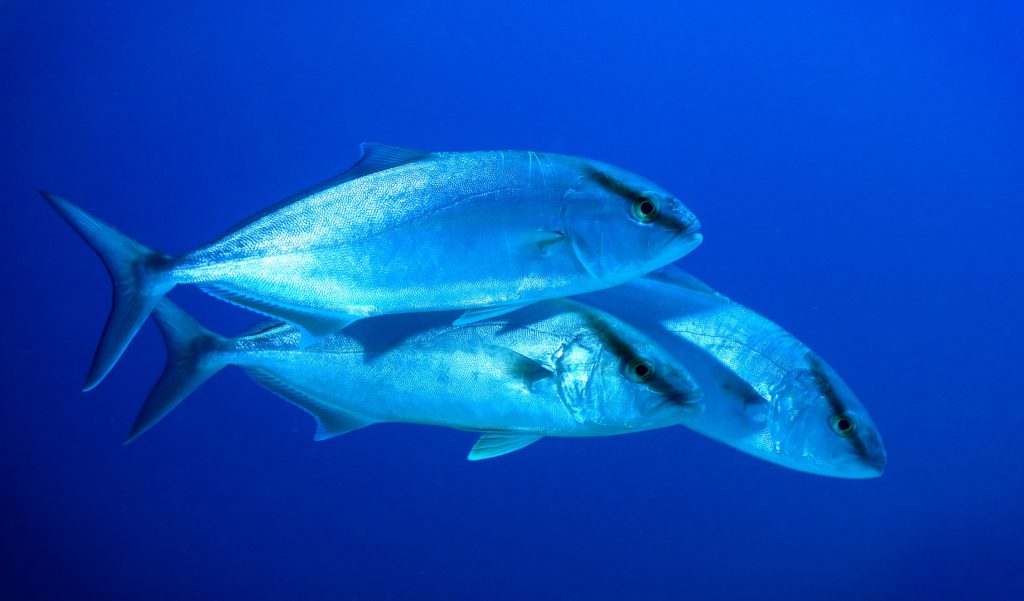
Reproduction in Amberjack Fish Breed
All fish in this family go through a process called spawning. During this, females release eggs and males fertilize them outside the body. Larger females generally produce more eggs than smaller ones. After they are fertilized, no parental care is given to the offspring. They mature at roughly 4 years old and migrate to deeper water to spawn during late spring to early summer to produce the young ones near a large objects or wreck ships.
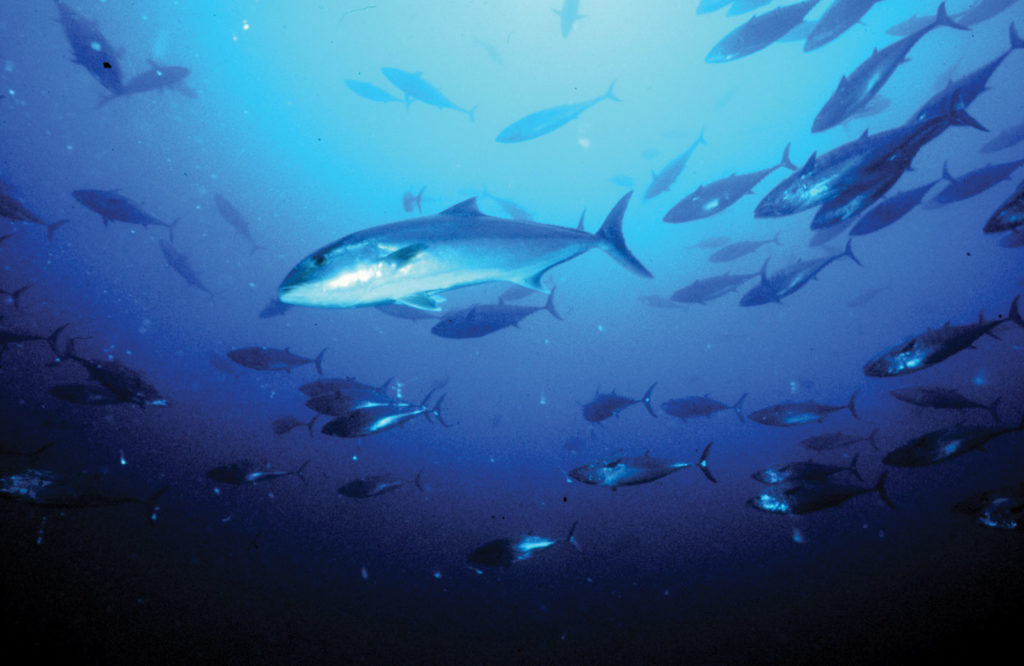
Females are significantly larger than males, and have a higher life expectancy. The maximum lifespan for females is 17 years, but due to their demand for sporting activities and as a high-quality food fish. Amberjacks are not at the top of the food chain in their habitat, so they are prone to be prey for some other fish species.

